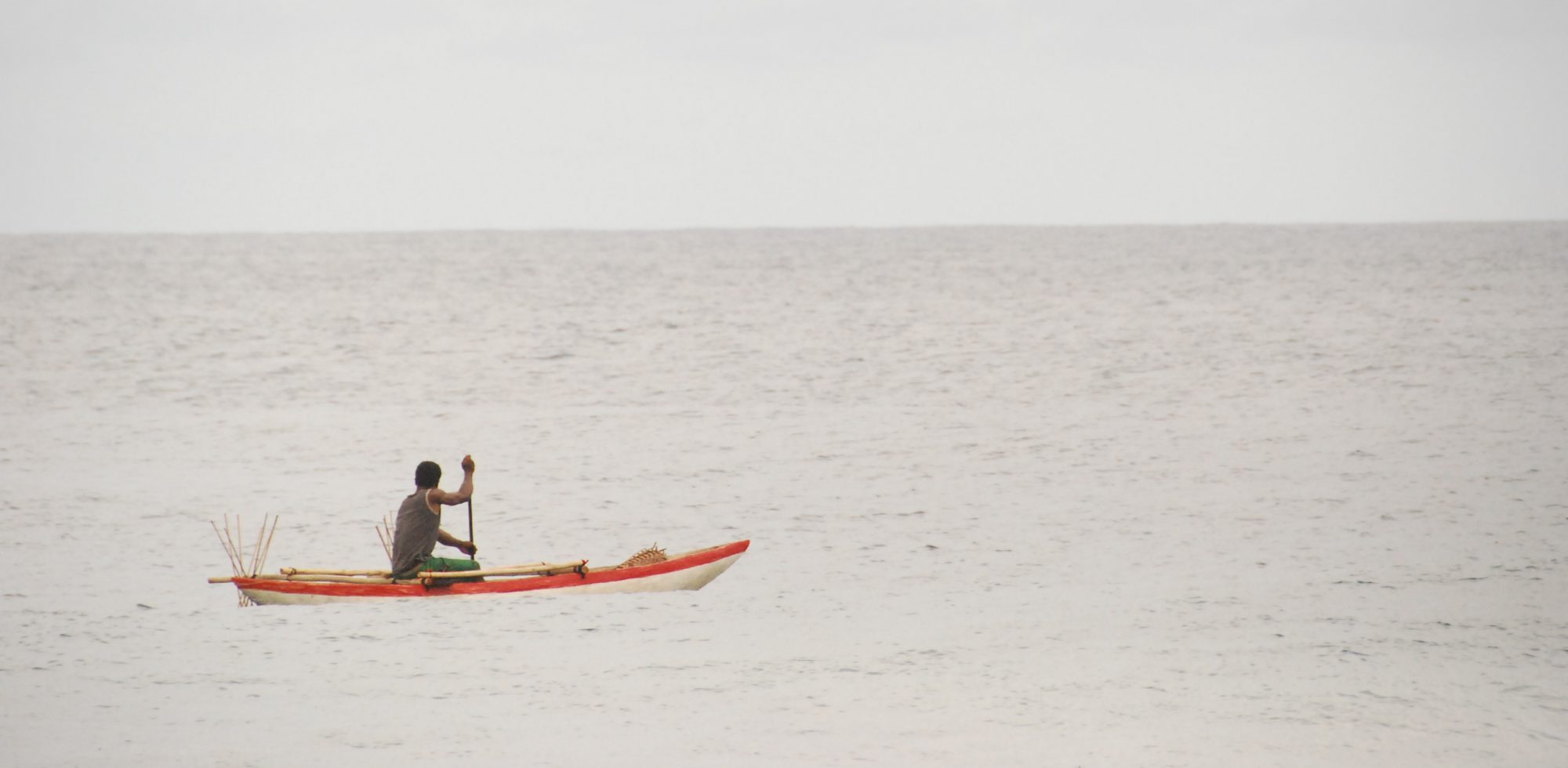Our students get to explore different modes of knowledge production and presentation in the courses YKA-226 Political Anthropology and YMA-3203 Cosmology and Knowledge. They have investigated anthropological questions through photography, video, photovoice, drawing, collage, and other visual methods, but also through podcasts, poetry, dance and performance. On this page, you can find examples of their multimodal coursework.
What can multimodality bring to ethnographic research and publishing?
- Multimodal ways of presenting anthropological knowledge can reach wider, or different, audiences than academic articles and books. In this way, they democratise the dissemination of our research and offer ways to engage in public anthropology.
- Multimodal methods make space for different epistemologies in our ethnography. They may be more aligned with our interlocutors’ ways of knowing than academic prose. For example, poetry or storytelling can resonate with our collaborators’ cosmological ideas and modes of knowledge transmission.
- Multimodal methods can foster collaborations with the people anthropologists work with: they can rely on co-research (kanssatutkimus) and encourage a more equal sharing of epistemological authority. Co-created work helps to balance the power relations between ‘informants’ and anthropologists.
- Multimodal methods allow for ambiguity, different interpretations, and multivocality, leaving space for senses and emotions. Instead of presenting a ‘final’ argument by a singular authority, multimodal work can encourage continuing, dialogical knowledge production and assessment.
Image from Sumit Sen’s visual essay ‘How does knowing about nature in Finnish academia relate to epistemicide and the theft of knowledge?’ (2023)

